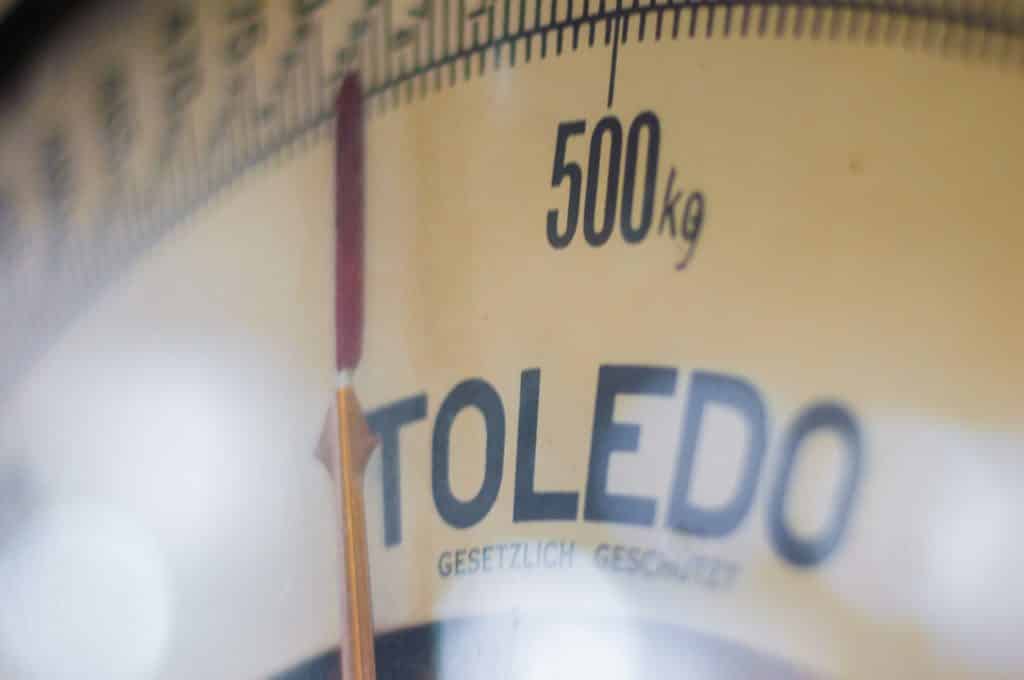Introduction
In part 1 I explained why finished cosmetics products are not exempted from REACH regulation obligations, particularly from the registration. The main message was that every component of your finished cosmetic product is “registrable” individually. In part 2, I will explain in more detail what needs to be registered, who has to register, and who can register a substance, knowing that it can be different entities.
Each Kilo Must Be Counted Once

An important principle of REACH registration is that every kilogram of a substance must be accounted for, but only once. In other words, it must be considered only the first time it “appears” in the European Union either because it has been manufactured or imported. Examples being more telling than a long list, here are some scenarios that could occur:
- Let’s say that a cosmetic ingredient is produced in Europe. That ingredient is then sold to several European manufacturers, who include it in cosmetics products, which are then sold to EU brands and, finally, sold to consumers in Europe. In this case, the substance must be registered by the first producer. All the others are downstream users, and the kilos they are using are already counted.
- Now, let’s say that the same cosmetic ingredient is produced in the EU but sold to a manufacturer in the US who makes a cosmetic product which is sold to a US brand, and then the products, and therefore the substance, is sent back to Europe to be sold to consumers in the EU. Again, the substance must be registered by the EU producer only. The “kilos” that are leaving Europe as a cosmetic ingredient and coming back in a finished cosmetic product do not need to be considered again; however, you must be able to prove this as the information may have trouble circulating down the supply chain.
- A more complex case is if a substance is produced outside of Europe. For example, the substance is produced in China and sold to an American cosmetics products manufacturer who sells it to an American brand, and part of the finished cosmetic product is then sent to and sold in the EU. The first time the substance “appears” in Europe is through the importing of the finished cosmetic product. Therefore, this is when the “kilos” of the substance must be counted, potentially triggering the need for REACH registration.
In addition, you must keep in mind that, when a finished cosmetic product is imported to Europe, there are multiple substances in it. The regulatory status and tonnage of each of them must be considered independently. Biorius can help you with the evaluation and tracking of these substances’ quantities present in your cosmetic products. However, these examples cover only the question of when each “kilo” of the substance must be counted but not if it actually needs to be registered or even who should register it.
Registration Responsibility Belongs to the Importer

Simply put, a European law can only be applied (and enforced) to a European entity. Consequently, the responsibility of registering has been put on the importer and not on the exporter. However, defining who is the importer may be quite tricky at times.
In most cases it will be the ultimate receiver of the goods (the consignee) who is the legal entity responsible for the import.
If there is an EU distributor involved (who is acting as an intermediary), he would be the one considered as the importer even if the goods go directly from the non-EU producer to the client in the EU.
Here are some examples with finished cosmetic products. For these I considered that the substances never went through Europe before the cosmetics import:
- The cosmetic product is made by an American manufacturer, sold to a European brand and then sold through a distributor in the EU. In this case, the importer is the European union brand.
- The cosmetic product is made by an American manufacturer, sold to an American brand and then sold through a distributor in the EU. In this case, the importer is the distributor.
- The cosmetic product is made by an American manufacturer and sold to an American brand who also has a legal entity in the EU. The product is then sold through the European legal entity directly or by a distributor. In this case, the importer is the European union legal entity of the American brand.
Even if these are the most common cases, there is an infinity of specific cases. Defining who is the “official” importer may be quite tricky and Biorius can perform this analysis for you.
The Lower Limit for Registration Is 1 Ton/Year

Fortunately, it is not necessary to register a substance that you are importing at just few grams or even kilos per year. The lower limit triggering the need for registration is 1 ton/year (per calendar year).
However, an important point to consider is that this limit is by substance and by legal entity, not by product. This means that a distributor who imports many products from many different brands needs to add the quantities of the same substance found in all of these cosmetics. This can be very difficult especially for very common ingredients.
So, in practice, the importer should calculate, on a yearly basis, how much of a substance they are importing then deduce the quantities of substance that have already been considered in a registration dossier (see chapter “Each kilo must be counted but only once”) knowing that the regulatory status of the substance may be different depending on the products. If the final substance quantity is superior to 1 ton/year they must register the substance under REACH.
To deduce a quantity of a substance it needs to have already been counted in the registration dossier. The fact that there is already an existing registration dossier (or even that the manufacturer of the substance has registered it) is not enough, you need to be able to prove that the quantities ending-up in the products you are importing have been declared in a dossier. For this, you need a statement from your provider stating that it is the case and the corresponding registration number. In case of control by the authorities, you will need to be able to provide the information on your importations and the corresponding documents. Most distributors prefer to put the registration responsibilities on their suppliers. However, it may be smarter to register some of the most common cosmetic substances to ensure regulatory compliance independently from the supplier.
The Exporter Can Also Do the Registration

To avoid the burden of registration and not having to monitor substances tonnage, distributors will very often ask the exporting brand to give them certificates proving that the substances in their product have already been registered under REACH.
As explained earlier, it is sometimes possible for the brand to obtain such certificates from their own supplier (manufacturer or raw material producer), either because the raw material has been produced in the EU or because the substance producer has already registered AND declared these volumes in their own dossiers. However, it is rarely the case and even then, obtaining the information down the supply chain is often quite a challenge.
Fortunately, there is another possibility to facilitate business: the brand itself can do a voluntary registration of the substances in their products and so ensure that their distributors are covered. As only European Union legal entities can do a REACH registration, it is possible to do it by using a European “Only representative” which is the REACH equivalent of the “Responsible Person” for cosmetic regulation. Biorius can take over this role for you.
As the exporter has no legal obligation, such registration is purely voluntary, and consequently the 1 ton/year is indicative at best. It could make sense if a non-EU cosmetic brand had only one distributor who imports only products this cosmetic brand.
However, usually a distributor imports many different cosmetic brands products and therefore will probably import a specific substance from several different products. This means that even if a cosmetic brand exports less than 1 ton/year of substance, the distributor may import much more than that amount and therefore must register it.
In the same way, if a cosmetic brand has many distributors, it can export much more than 1 ton/year while each distributor imports less than 1 ton/year and therefore has no REACH registration obligation. So, each situation needs to be analyzed independently and the decision to register should result from an agreement between the exporter and the importer. Biorius can serve as an intermediate between different parties ensuring that each party understands its roles and responsibilities to reach a fair deal.
This Is Not the End

Now you know which substances present in your finished cosmetic products should be or are worth registering. Moreover, you know that, legally, it should be done by the importer, usually the distributor, but it can also be done by the exporter, usually the cosmetic brand, instead. Finally, you have the elements necessary to discuss between the importer and exporter to decide who should do the registration.
The next step is to register the substances under REACH. As expected, there are several different scenarios possible and some points are highly specific to substances imported as finished cosmetic products.
You will learn how to do this in the next part of this series on REACH and cosmetics products! Or you can simply ask Biorius and we’ll be glad to help you define and fulfill your responsibilities concerning REACH. If you are a non-EU company we can act as your “Only representative”. Biorius can be your trusted partner for every step of this complex process involving the whole supply chain that is REACH.



